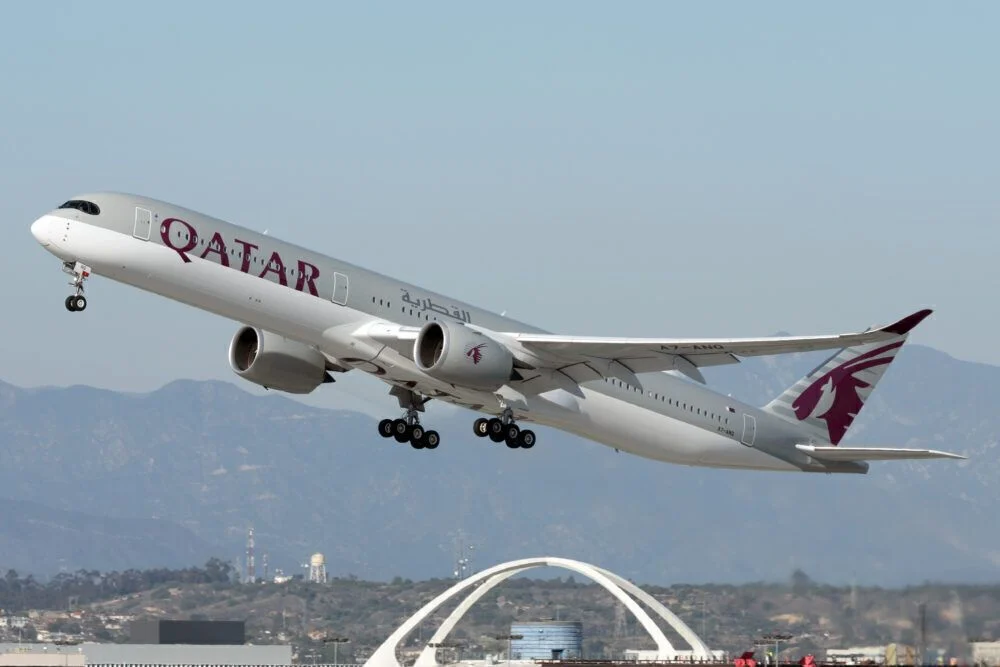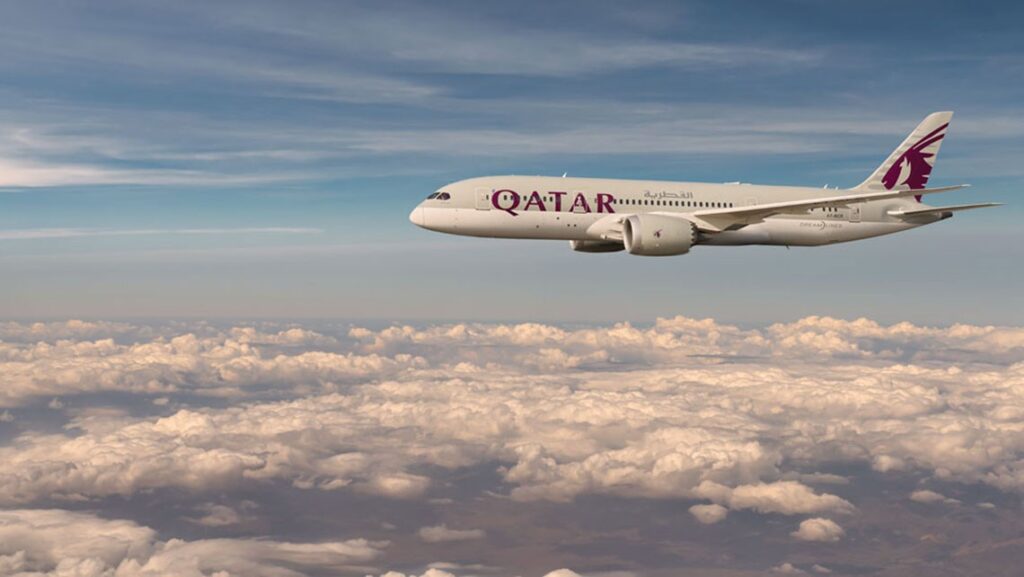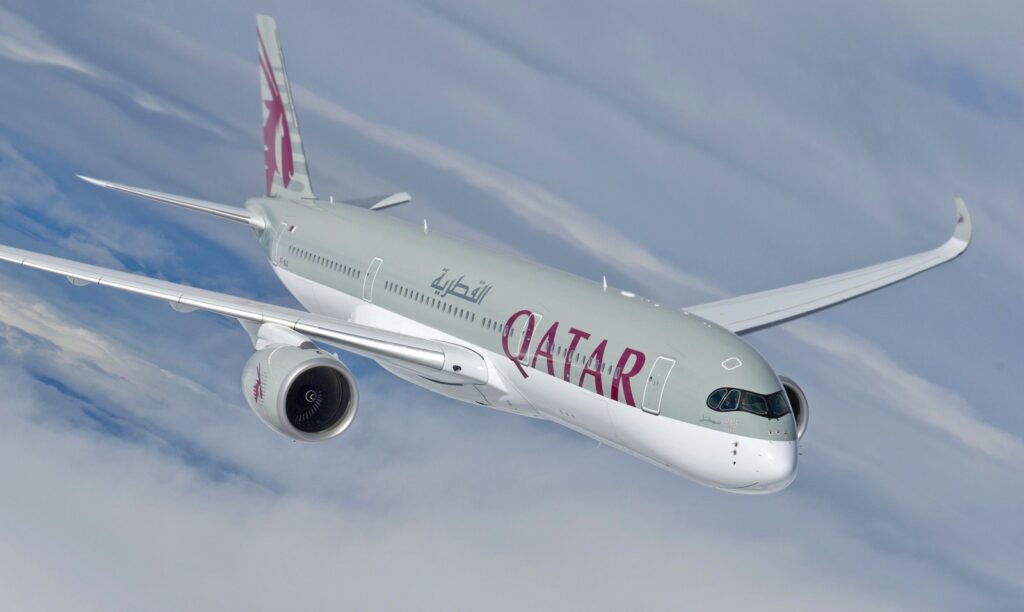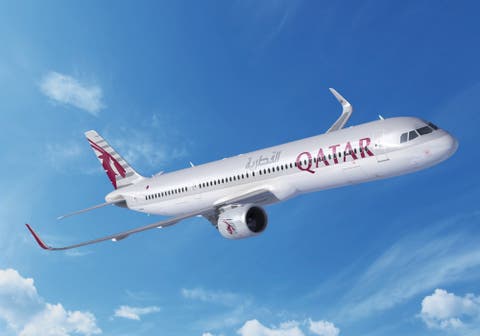The carrier has raised concerns that the paint degradation could permit the ingress of pollutants, damaging the lightning mesh around the jet’s fuel tanks.
In the latest of the ongoing feud between Airbus and Qatar Airways, the Doha-based carrier has claimed that surface wear on the affected Airbus A350s could lead to fuel tank fires.

According to Bloomberg, in recently released court documents, Qatar Airways has cited an EASA security assessment from April 2021, noting that damage to the lightning mesh could pose a risk if it were co-incident with fuel tanks.
The airline has stated that the damage to the skin is so severe that there are concerns wind and pollutants could penetrate through the skin and damage the lightning mesh. With significant damage seen on the wings where the jet’s fuel tanks are located, Qatar Airways argues that it is a co-incident.
Also, read
- Adani finally takes over the Chhatrapati Shivaji Maharaj Mumbai International Airport
- Karnataka Government: Break buildings taller than 45m near Jakkur airport
- Air India bans travel agents from selling Canada tickets Over gouging
Airbus and Qatar airways
The feud between Airbus and Qatar has been ongoing for over a year, with both sides accepting public blows at each other. Qatar saw quality issues with the widebody back in early 2021, centered near the degradation of the jet’s paint, leading to the lightning mesh under the surface becoming exposed. The airline escalated its concerns, grounding 13 of its A350s in August to “ensure the restarted security of all passengers.”
Reuters found that five other airlines had raised concerns about the issue, mainly citing cosmetic damage. However, at least one airline had noted that the wear had become so significant that the mesh had started developing gaps, too – exposing the bare fuselage to the elements.
Airbus clarified that the problem was ‘early surface wear,’ with the affected airlines agreeing it is a cosmetic problem and not a safety concern. A350 regulator, EASA, has not classified the defects as an airworthiness issue and has assured that the jet is airworthy.
The issue stems from the A350’s carbon fiber fuselage, which needs a mesh installed for lightning conduction. The material also does not experience the usual expansion and contraction pressurization cycle than typical aluminum bodies do, which is thought to be a reason for the paint degradation as paint does expand and contract.
Qatar launched legal proceedings against Airbus after

In December, Qatar launched legal proceedings against Airbus after both parties had failed to find a constructive solution, seeking $618 million in compensation. The airline has refused to take any further A350 deliveries until a formal analysis is completed
Airbus claimed there was no “reasonable or rational basis” for Qatar’s grounding of the jets, agreeing that there were quality issues but accusing the airline of mislabeling them as a safety concern to receive compensation. The manufacturer canceled Qatar’s entire $6.35 billion A321 order following tense pre-trial proceedings.
Qatar answered to the cancellation by releasing a report on YouTube, displaying significant damage to the surface of three grounded jets. The airline commented that the release showed that the damage was not just superficial and exposed the actual composite structure.
Despite declaring an order for 100 of rival Boeing’s 737 MAX and 777X freighters to replace the revoked Airbus orders, several representatives from Qatar Airways have refuted claims that the relationship between the two has grown tense. Speaking to Bloomberg, Senior Manager of production oversight and aircraft deliveries for Qatar Airways, Krunoslav Krajacevic, noted

“Qatar Airways and Airbus have operated together for more than 20 years, I am confident that the relationship will stay strong and continue despite these proceedings.”
The dispute is expected to come to a head at London’s High Court next month.
Thank you
Stay updated with aviationa2z. co.

